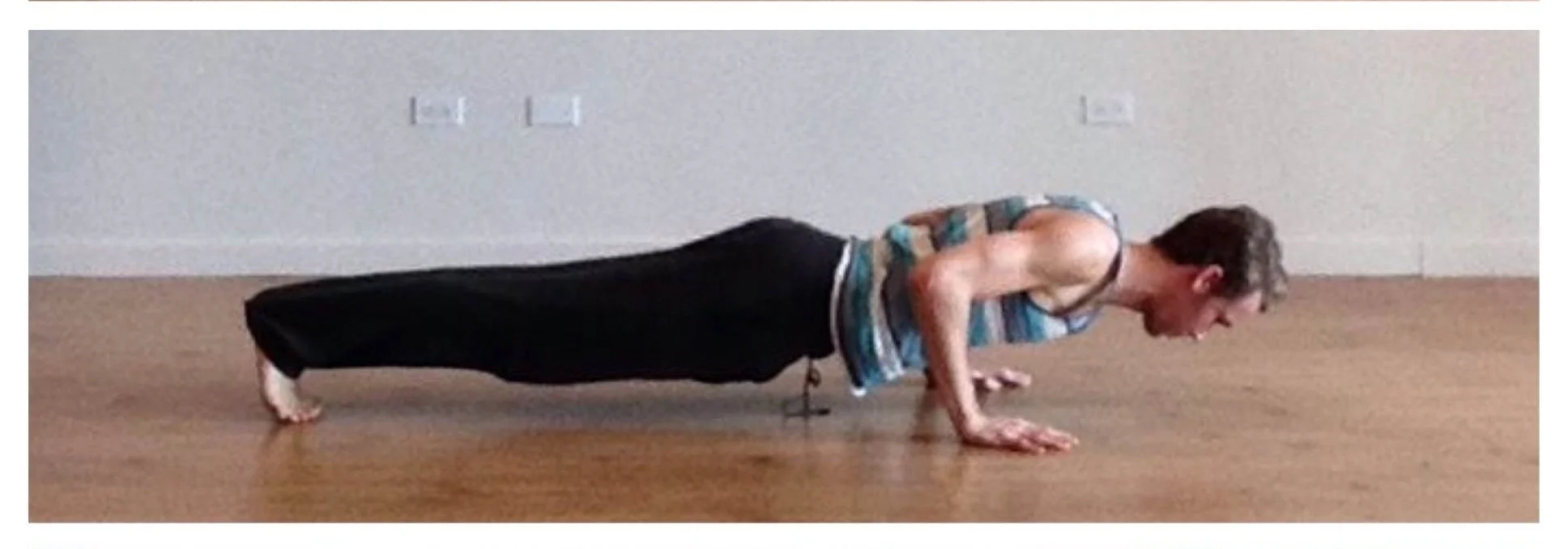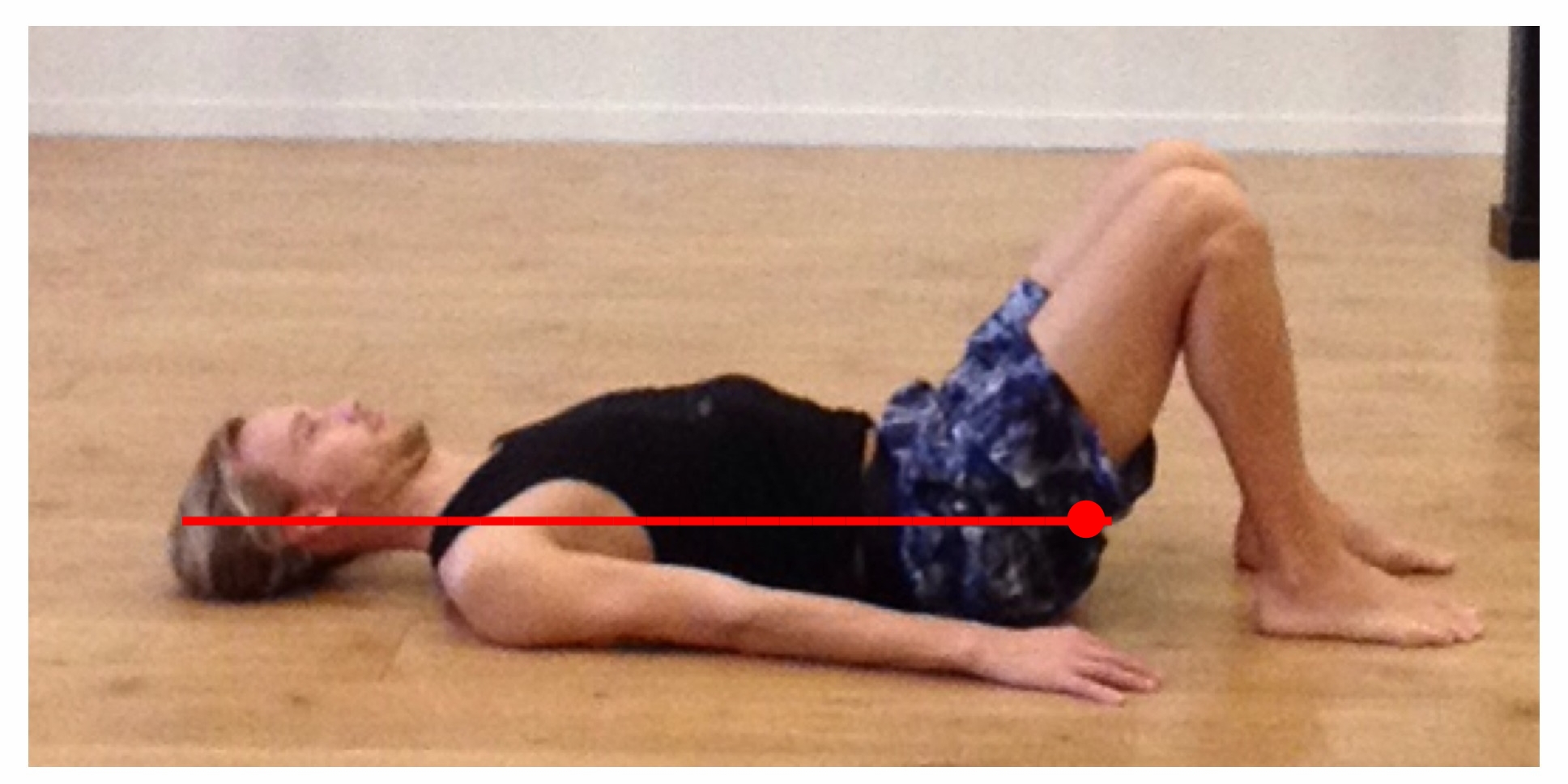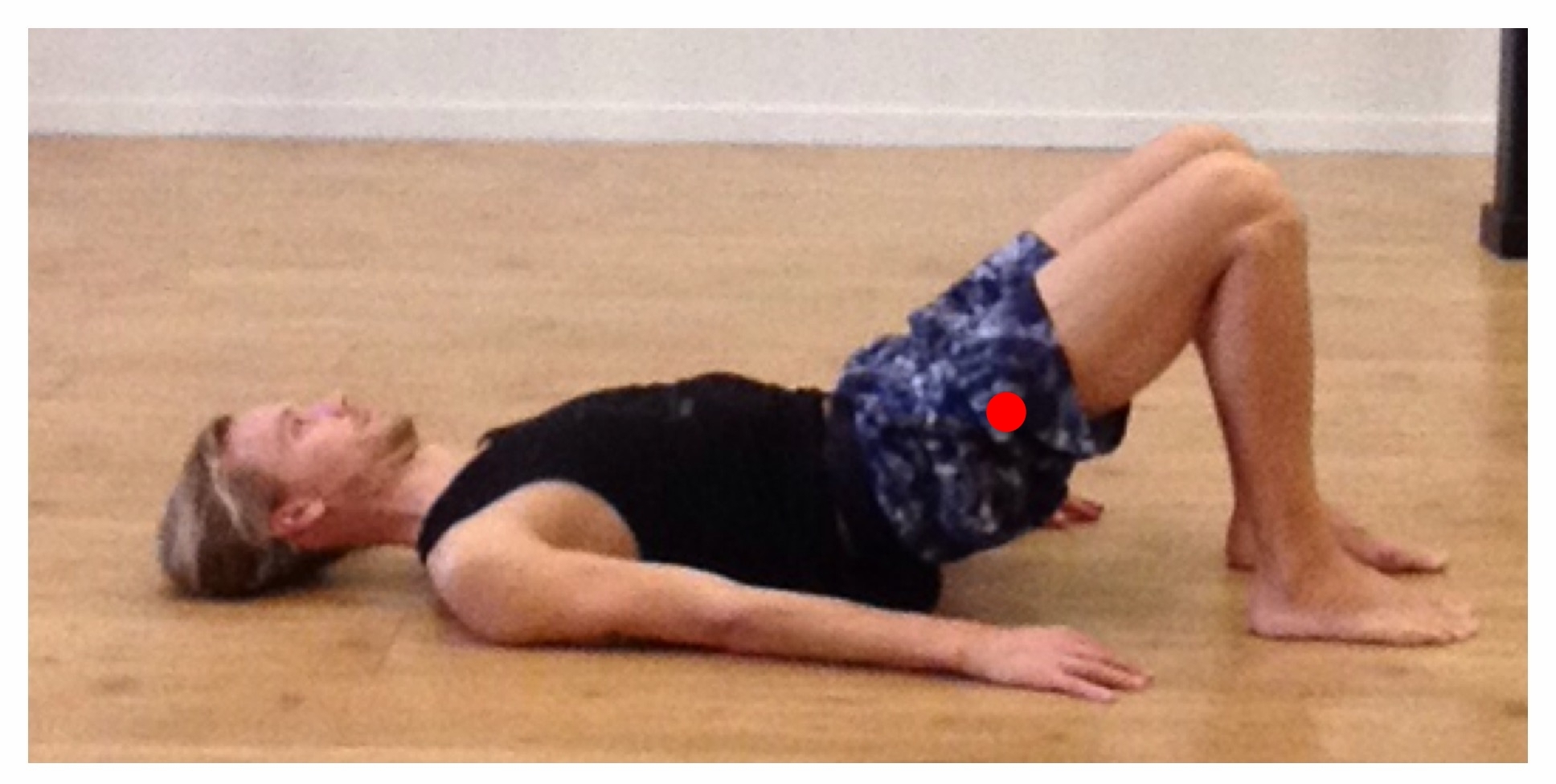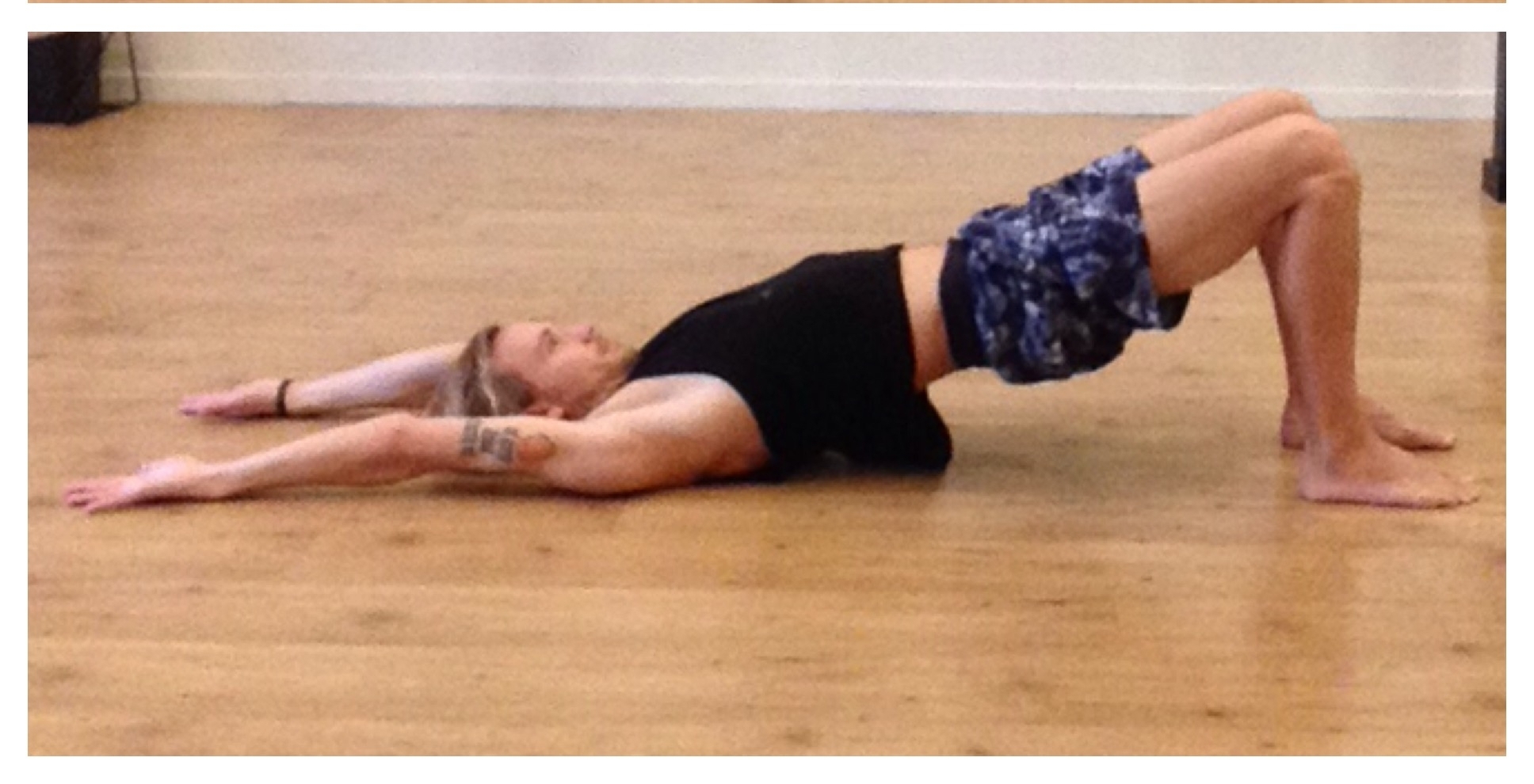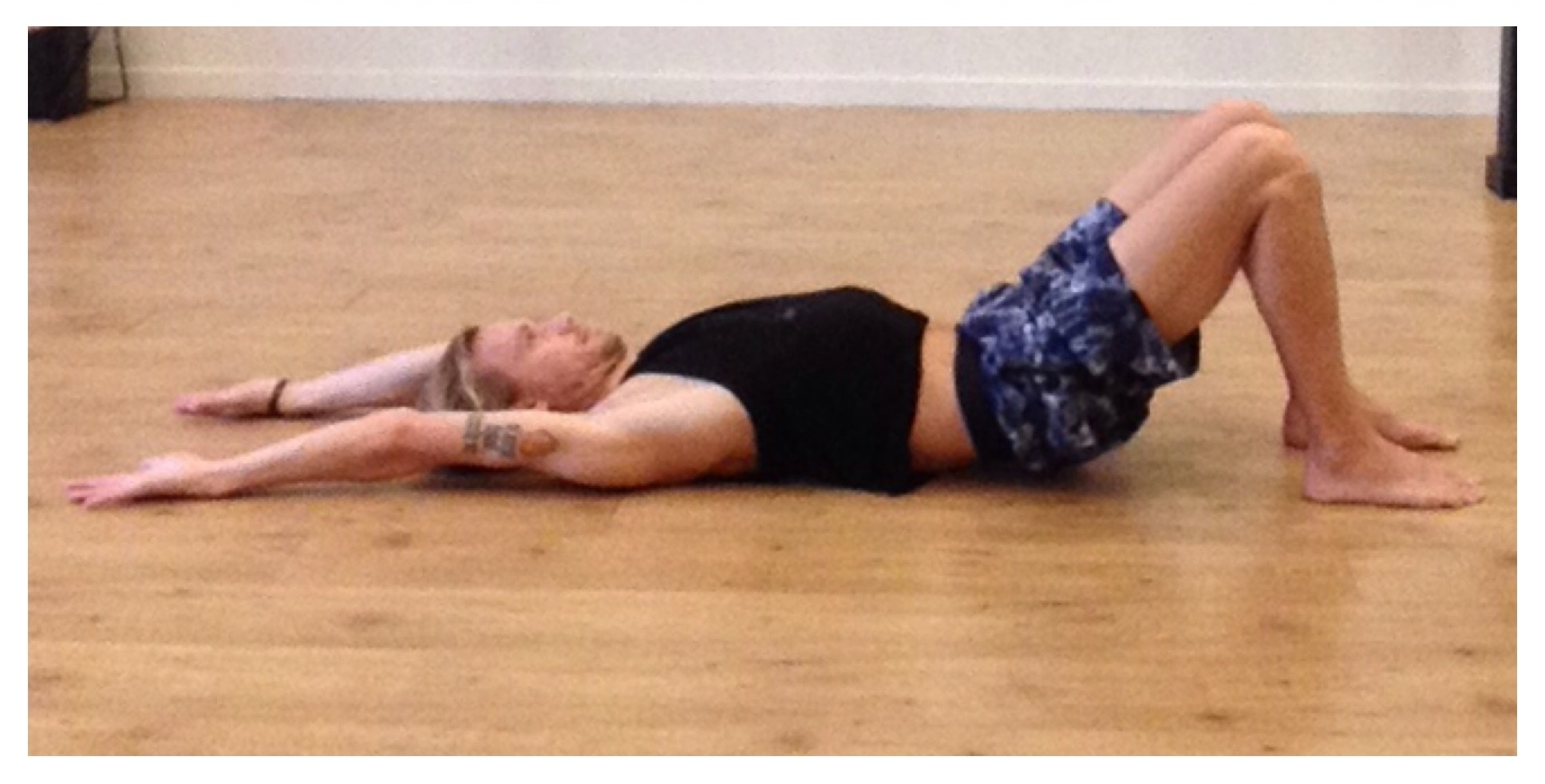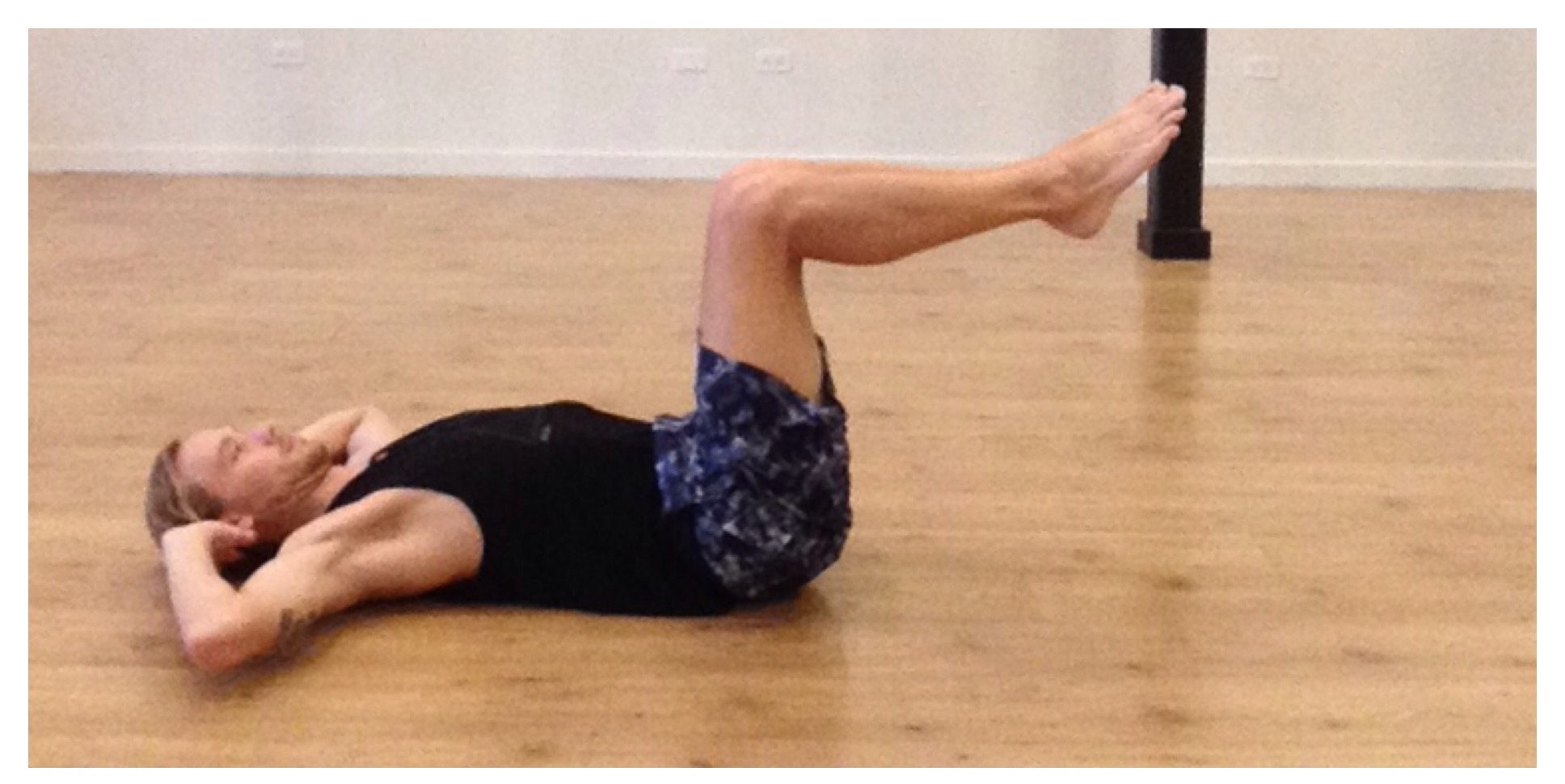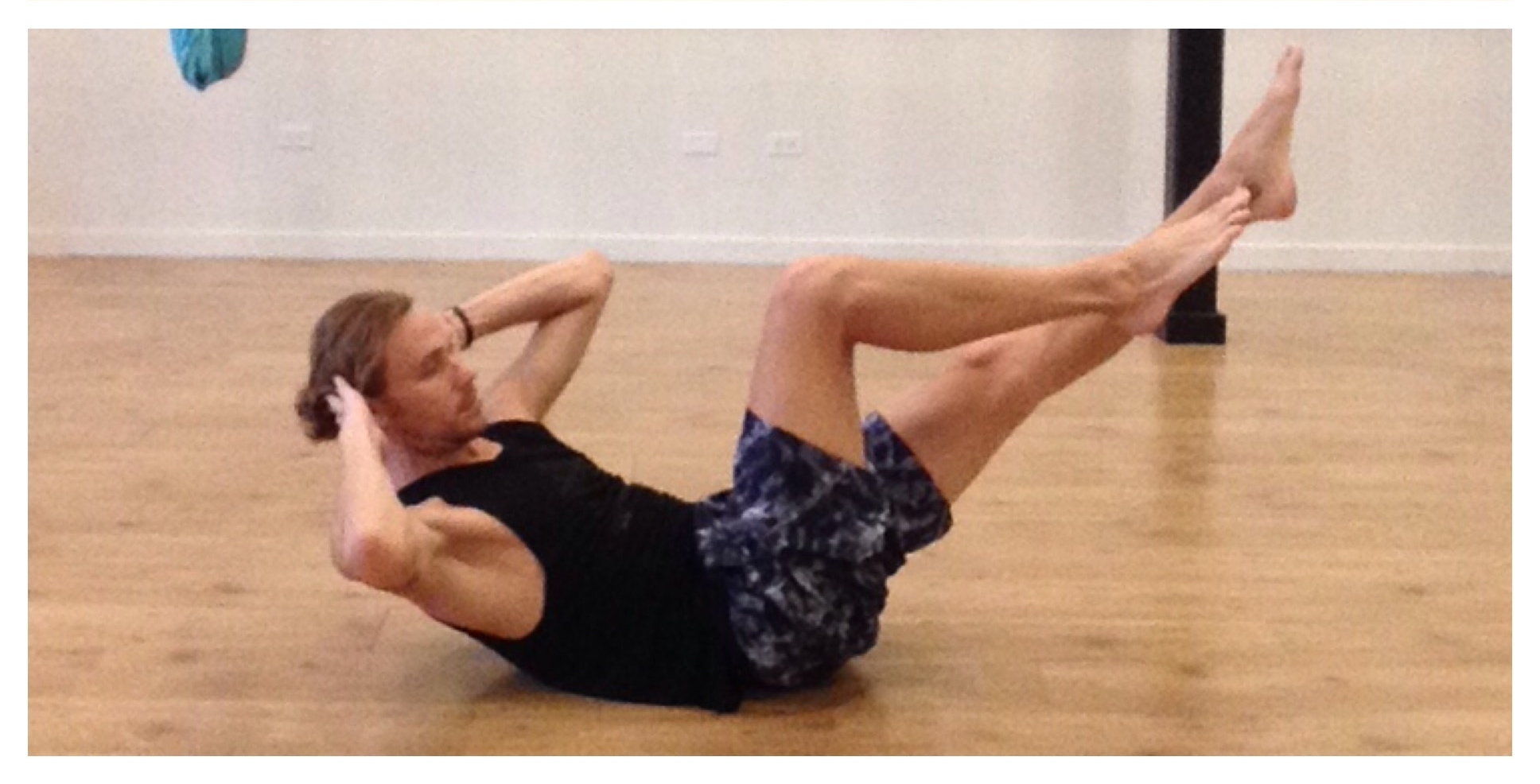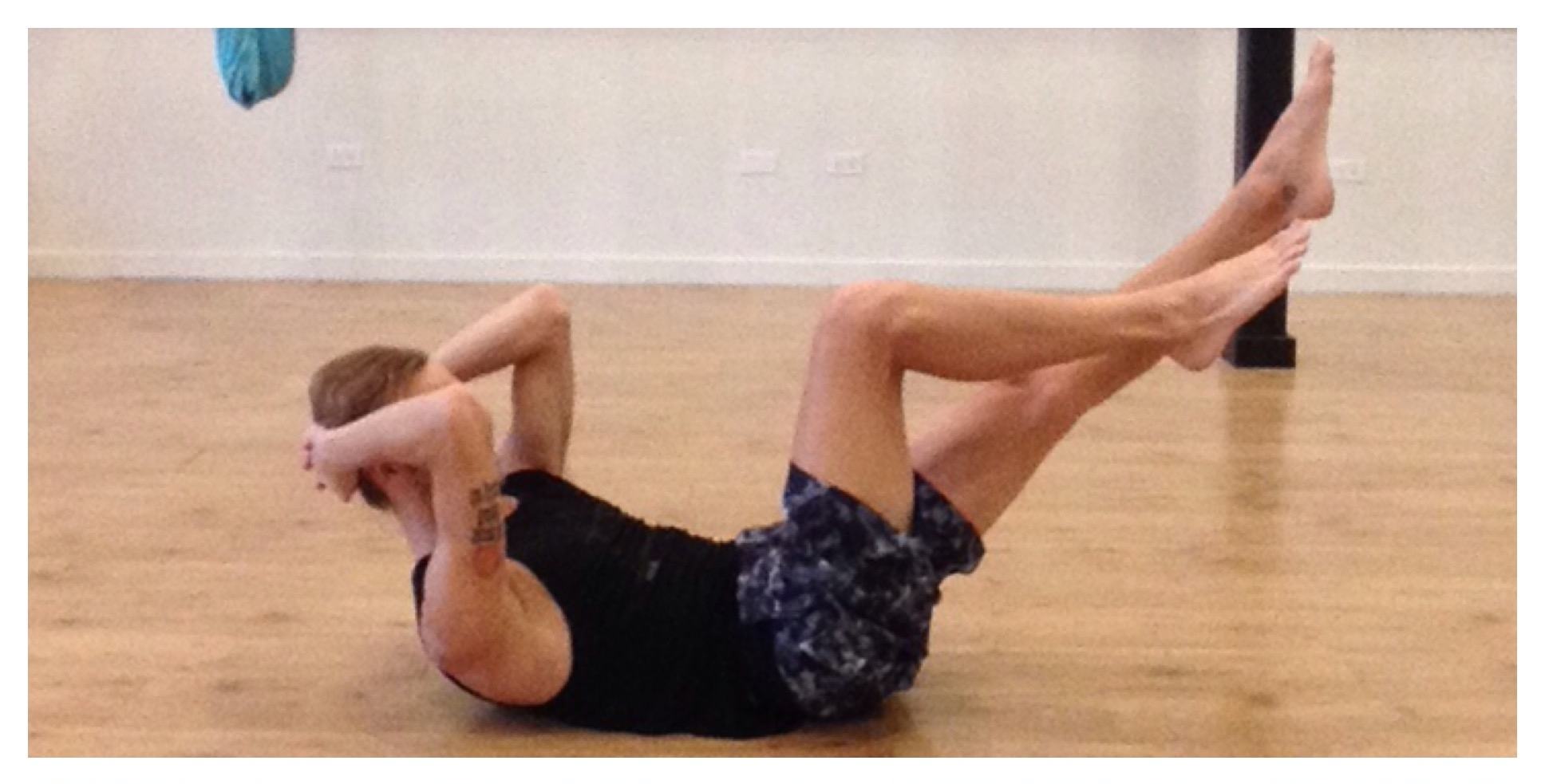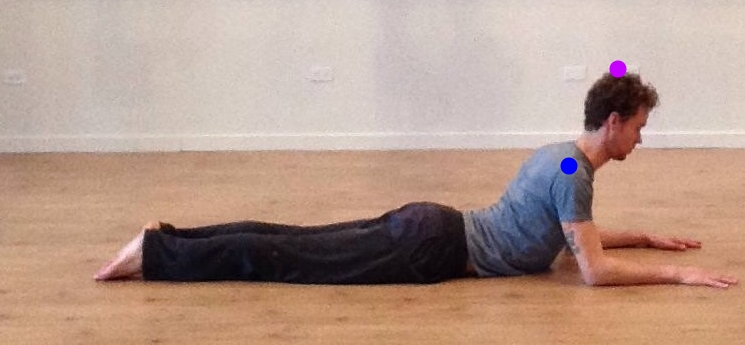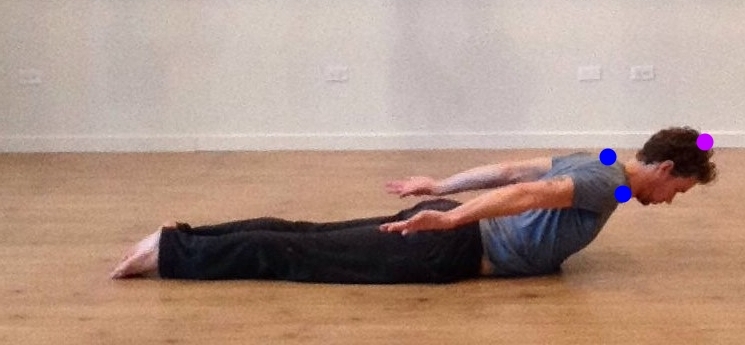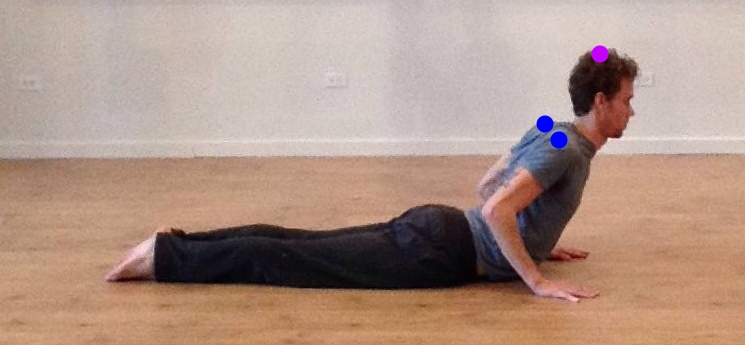Consult your health practitioner or doctor before beginning an exercise or movement program. Also check with your doctor if you have any health conditions or injuries to be sure you are cleared for exercise before practicing any movements below. If pain is felt during these movements, cease practice and refer to individual instruction from a health or fitness professional.
True Stability
In order for any structure to stand the test of time, it needs a strong foundation. This is true in our bodies, and we often define our foundation in movement as "the core". What is the core really? Think of it as the action of creating a central support from which the body can move its segments around. And as my anatomy nerd mind is running wild with all of the intricate descriptions of this in our muscles, perhaps its better to think in terms of focal points and centers. Yoga practice helps us direct our focus in the body more fully. As we use "core exercise" in our warm ups, training, or for aesthetics it is important to practice with deep focus and awareness of the energies of the body and what energy patterns we are reinforcing.
In yoga, the Bandhas or "locks" are central points that represent the summation of our bodily mechanisms of stabilization. They reside in the anatomical center spaces of our pelvis, ribs/thorax, and skull, and the connection of these points represents the anatomical axis in the center of the torso (also called Sushumna Nadi). This is the true core. Our pelvic floor and thoracic diaphragm are muscles that deeply relate to these focal points and to the spine. With deep pressurized or power breath (often called Ujjayi Pranayama in yoga) these muscles can find balanced action creating support in the center for every movement and every breath.
Try connecting with the deepest parts of your body by practicing these following movements. The first three can be done every day as a great way to build a balanced and strong center. Add the later movements as a way to explore the connections from your center to the upper and lower body! The name of the game is slow and focused. You may only need to complete 3-5 rounds of these movements connect. If you're feeling it after 1 round, you're doing really well. If you can do more than 10 in half a minute, try slowing the reps down by counting to 5 for each inhale or exhale. Find the right pace that allows you to feel the connections to your center.
Root Lock Lift (Pelvic Tilt) + Roll Up to Bridge
Repeat 5-10 times
Lying on the back with knees bent and feet planted at hip width, begin with a few slow, relaxed breaths. On an exhalation feel the pelvic floor activate and lift the base of the pelvis away from the mat. Allow the lower spine to round into the mat. Inhale to release the hips back to the mat. The height of the root lock determines the lift of the hips, and the movement can work into a roll up to Bridge. Add a reach overhead with the arms to increase the stretch to the upper body.
*Place Myofascial Release Therapy Balls under the lower back just on either side of the spine, or on the back of the pelvis under the glutes for additional relief to the hips and back
The hips, core and lower spine benefit from this great warm up or cool down movement. This is a powerful practice that can be done every day with great effect for the hips, spine, legs, body, mind, everything! This is an apple a day kind of movement, I include it in my practice EVERY day, and it always feels great!
Root Lock Crunch
Repeat 3-5 times SLOWLY
Begin lying on the back with hands to the sides of the skull, elbows wide and feet lifted. Squeeze ankles, knees and inner thighs together or around block. Inhale fully, at the top of the inhalation, tighten the pelvic floor and squeeze inner legs. Exhaling, curl up tailbone, then head and shoulders emptying the breath at the top of the crunch. Relax back to the mat during inhale, squeeze the block and repeat the crunch on exhalation. Perform the desired number of slow rounds with complete breaths. Advance this movement by straightening the legs upward
*A block can be placed between the inner thighs to create support in the legs and spine, increasing the stabilization of the deep core.
The hip flexors, abdominals and lower spine benefit from this core activation. It is intended to engage the deep stabilizers of the body. Practice being as relaxed as possible in this movement with full focus on the Root Lock (Mula Bandha).
Rotational Reach
Repeat 3-5 times on each side Slowly
Begin by performing a Root Lock Crunch, while lifted, take a breath in. On an exhalation rotate the center of the chest toward one thigh, while extending the opposite leg forward at an angle. Maintain a lift at the base of the pelvis and reach through the center of skull as the breath empties. Maintain both shoulder blades off the floor. Return to center on the next inhalation, and repeat to the second side on the following exhalation. Continue to move with slow, deep ujjayi (power) breath for 3-5 rounds on each side before releasing back to rest on the mat.
*To engage the upper core system, gently extend the elbows directly upward from the shoulder joints when lifting, and press the backs of the arms (triceps) toward the bent leg during the twist. Maintain length in the front of the torso by reaching through center of skull.
This is a powerful movement for increasing abdominal strength, toning the muscles and organs of the abdomen, and bringing balance to the spine, hips and shoulders.
Tibetan Rite 2
Repeat 5-10 times
Begin lying on the back with arms reaching overhead, and legs extended forward on the mat. Squeeze ankles, knees and inner thighs together. Inhale fully and at the top of the inhalation, tighten the pelvic floor and squeeze inner legs. Exhaling, curl up tailbone, lift the legs, head and shoulders bringing the arms forward to the outer thighs as the breath empties. Relax back to the mat during inhale, and repeat the crunch on exhalation. Perform the desired number of slow rounds with complete breaths.
This is a great core activation movement that warms up the abdominals, the spine and hip flexors.
Full Windshield Wiper (Double Leg)
Repeat 3-5 times on each side
Begin lying on the back with arms out to the sides of the shoulders supporting the upper body. On an exhale lift the legs with knees bent or straight aligning the thighs over the hips. Keeping the ankles and knees together, inhale and lower the legs towards one side of the mat. Only go as far as possible keeping the legs completely together and the opposite arm and shoulder on the mat. Exhale to return the legs to vertical by squeezing the root lock/inner legs. Lower the legs to the other side on the next inhale, then exhale to return to center. Repeat with the breath for the desired number of movements.
*Bend the knees 90 degrees for more control and an easier modification
The hips, IT band, legs, core and lower spine benefit from this great warm up or cool down movement.
Knee to Chest Plank
Repeat 2-5 Full rounds with both legs
Begin in a plank position or table top on hands and knees. Keeping the abdominals active, exhale to lift one leg away from the mat bringing the knee forward the inner elbow of the same-side. Inhale while extending back and planting the leg and repeat on the other side. Perform the same movement with each knee to opposite inner elbow, then to outside of same-side elbow, and to the outside of the opposite-side elbow. This variation provides additional adaptations for the core and hip flexors.
The total body is strengthened and the hips, core and spine especially benefit from practicing this movement.
Learn how to back bend without strain. Follow the pose instructions below to bring balance to the muscles of your core and spine, allowing for more freedom in movement and a strong poise in your own body!
Perform 3-5 rounds of movement or hold for 3-5 breaths
Begin in Sphinx Pose, with the forearms down on the mat with elbows directly below the shoulder joints. Draw the abdominals in by pulling navel away from floor and pressing pubic bone down into the mat. Reach upward through the crown of the head (pink) and draw the tops of shoulders (blue) and arms backward to energize the upper back while grounding through the elbows.
Perform a round of Cobra Lifts by releasing the arms back by the sides and lowering the forehead to the mat. On an exhale, draw the abdominals in and press pubic bone into mat. Reach forward through the crown of the head (pink) while lifting the crown and tops of shoulders upward. Lift the hands as high as possible to bring energy to the back lines of the upper body. Lower forehead and torso back to mat and rest for an inhale repeating for the desired number of rounds.
Hold a Low or High Cobra: This pose is similar to Sphinx, but develops additional strength in the upper limbs. Place the hands directly under the elbows at the top of a Cobra Lift. continue to lift upward through the crown of the head and drawing the tops of shoulders and arms backward. Ground down through the hands evenly. In a Low Cobra the elbows remain bent, in a High Cobra the elbows have fully extended but the thighs remain on the mat.
